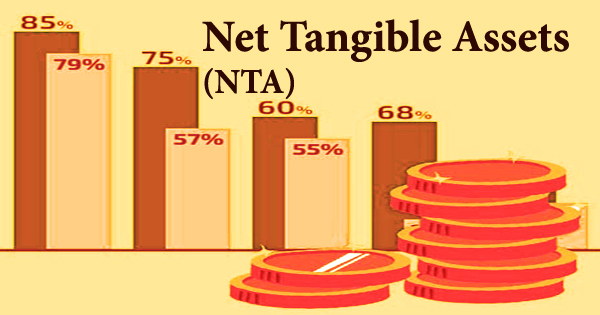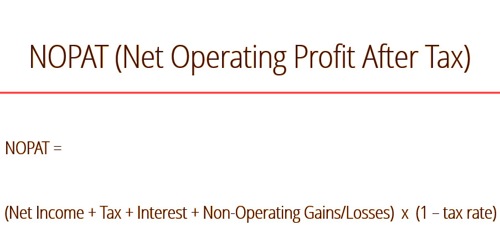Value Added Tax (VAT) is tolerated by final consumers, so it is a consumption tax. It has the advantage of offering an efficient way to raise funds for government programs from a broad taxpayer base. Its primary disadvantage is the effect such costs ultimately have on the consumer.
Disadvantages of Value Added Tax (VAT) – Following are the disadvantages of VAT:
(1) The VAT is costly to implement as it is based on a full billing system. As the VAT is based on the full billing system, VAT implementation is expensive.
(2) The VAT is relatively complex to understand. It is not a simple task to calculate value-added in every stage is not an easy task. The calculation of value added in every stage is not an easy task.
(3) The VAT is regressive in nature. Thus it will affect the poor people more than the rich because they spend more proportion of their income.
(4) Implementation of VAT has an administrative burden on businesses. To implement the VAT successfully, customers, need to be conscious, otherwise, tax evasion will be widespread.
(5) A VAT could hamper the appeal of goods and services to customers who are not yet registered. The consumers need to be cognizant of the successful implementation of VAT otherwise tax negligence will be extended through fake invoices.
To implement the VAT successfully, governments need to be alert and active. It is also argued that VAT places a heavy direct impact of tax on the labor-intensive firm compared to the capital- intensive competitor since the ratio of value-added to selling price is greater for the former. This is a real problem for labor-intensive economies and industries.















